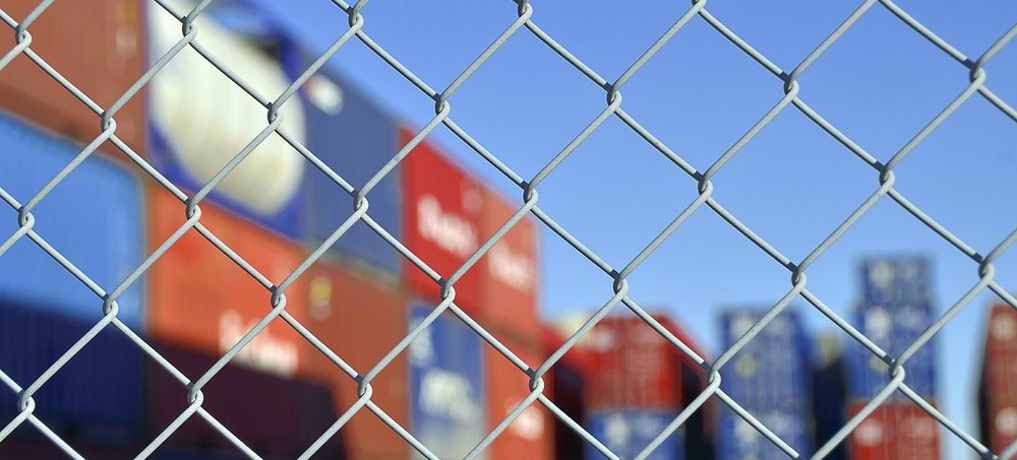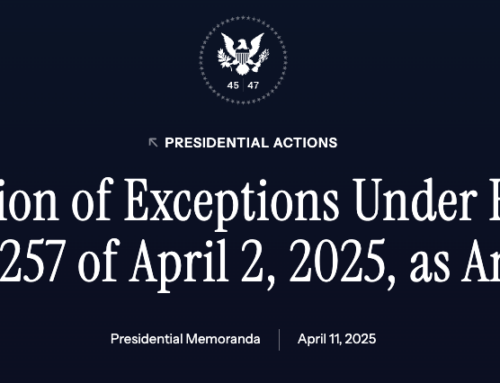The in-bond process allows imported merchandise to be entered at one U.S. port of entry without appraisement or payment of duties and transported by a bonded carrier to another U.S. port of entry, or other authorized destination, provided all statutory and regulatory conditions are met.
DATES: This rule is effective on November 27, 2017. A flexible enforcement period will be granted for 90 days after the effective date of this rule.
3 TYPES OF IN-BOND ENTRIES
- Immediate Transportation (IT)
- allows merchandise upon its arrival at a U.S. port to be transported to another U.S. port, where a subsequent entry must be filed
- Transportation and Exportation (T&E)
- allows merchandise to be entered at a U.S. port for transit through the United States to another U.S. port, where the merchandise is exported without the payment of duties.
- Immediate Exportation (IE)
- allows cargo that has arrived at a U.S. port to be immediately exported from that same port without the payment of duties.
5 MAJOR CHANGES TO THE IN-BOND PROCESS:
- Except for merchandise transported by pipeline and truck shipments transiting the U.S. from Canada, elimination of the paper in-bond application (CBP Form 7512) – require carriers and agents to electronically file the in-bond application;
- Requirement of additional information on the in-bond application including the six-digit U.S. Harmonized Tariff Schedule number, if available;
- Establishment of a 30-day maximum transit time to transport in-bond merchandise between U.S. ports, for all modes of transportation except pipeline and barge (60 days);
- Requirement for carriers to electronically request and receive permission from CBP before diverting in-bond merchandise from its intended destination port to another port; and
- allows for the transportation of in-bond merchandise with non-bonded merchandise in a container or compartment that is not sealed, if the in-bond merchandise is corded and sealed, or labeled as in-bond merchandise.
- Requirement for carriers to report the arrival and location of the in-bond merchandise within two business days of arrival at the port of destination or port of exportation.
Changes to this rule, including the automation of the in-bond process, will enhance CBP’s ability to regulate and track in-bond merchandise and ensure that in-bond merchandise is properly entered or exported.
For more information, visit the CBP’s Federal Register Notice.





